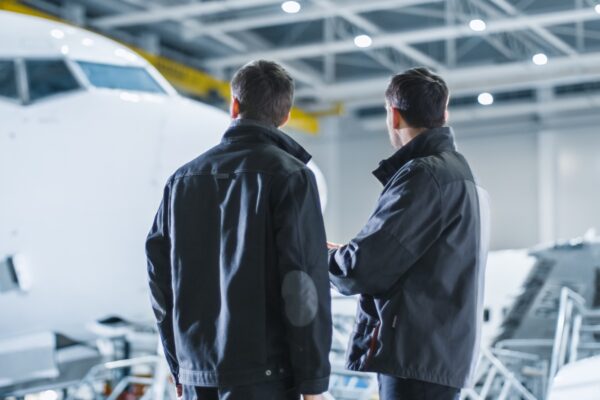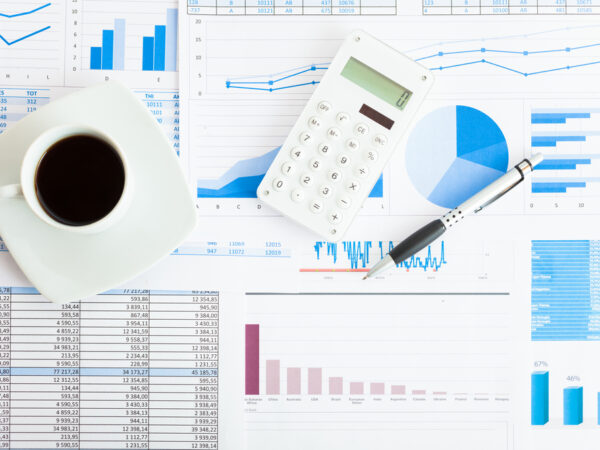Forecasting end-of-lease costs throughout your lease might save you millions
It will be obvious to most people that forecasting end-of-lease costs is important in comparing one contract with another when initiating a new lease, or if you’re renegotiating an existing one. But your forecasts can be used during your lease term as well to help manage operational expenses.
And this could save you literally millions of dollars.
Your lease will define return conditions for the asset you’re operating. They typically include the condition of the airframe and components, structural repairs and maintenance events, the life and condition of the cabin interiors, performance, and the remaining life of your engines. You’re required to return the asset in this condition, or you face end-of-lease costs or delays in return, which turn into additional costs.


About the Author
Laura Cuervo is a product manager for the LeaseWorks Aeris Asset product. She focuses on leasing from the airline perspective and especially financial forecasting. She can be reached at laura.cuervo@lease-works.com.
Of course, you know all this.
But did you know that you can avoid unpleasant surprises by providing your operational maintenance managers with regular analysis and forecasts from your contracts team?
Your operational team is focused on managing your fleet as efficiently as possible. They’ll make decisions in the context of your entire fleet operations, accounting for the overall flow of aircraft and engines through airworthiness requirements. But sometimes this will indicate the scheduling of repairs and overhauls such that the condition of the leased asset doesn’t align well with the return conditions in your leases.

If the maintenance for a leased asset is scheduled too early with respect to the lease end date, you may not meet contractual return conditions. You may have to repeat redelivery maintenance, causing delays and higher redelivery costs. If, on the other hand, that maintenance is scheduled too near the lease end date, you may end up significantly over the return conditions, which is essentially a lost opportunity cost because you paid for restoration that wasn’t used by your airline.
I was personally involved in a situation where, after comparing lease obligations to our engine shop visit schedule planning, we adjusted the timing of certain leased assets, saving $24 million.
Yes, we saved $24 million!
The key point here is that, not only is the forecasting of lease costs relevant at the beginning of your leases, but the energy and effort you’ve put into making good end-of-lease forecast models makes them a very useful and valuable operational management tool. What constitutes a good forecast model? To maximize the insight available through your lease forecast, you’ll want to include the following things.

Rent. All forecasts start with rent, which may be the largest part of your lease costs.
Return Conditions. I can’t stress strongly enough how valuable it is to accurately forecast the restoration costs and timing to return an aircraft to the minimum return conditions of your lease contract.
Estimated Utilization and Maintenance Events. Knowing the intensity of your utilization will make forecasts much more accurate and let you make proactive decisions on cost savings for maintenance events and redelivery checks together.
End of Lease Adjustment for Utilization or Maintenance Reserves. These maintenance-related costs are perhaps the most under your control. If you have the option of either EOLA or maintenance reserves, I highly recommend doing the analysis both ways.
Lessor Compensations. Your lease may have lessor compensations to account for prorated maintenance events. You’ll want to get these into your cash flow analysis.
Security Deposit. Though the cost is relatively small, for the most accurate cash flow, you’ll want to include the security deposit.
Deferrals. I wrote the following words in January of 2020. “In today’s climate, it’s worth noting that deferrals will affect your forecast. While no one plans on deferrals at the start of a lease, unexpected events within your airline, in the market, or globally can push you into this position.” I couldn’t have imagined how soon this would become too real. You might want to re-run your forecast, accounting for these changes, and also any changes to maintenance schedules as they’re likely to affect your end of lease costs. This exercise may reveal desirable changes to maintenance schedules in order to meet without exceeding required return conditions.
So rarely do we truly have a win-win situation.
With end-of-lease forecasts, we do! The same tool that will help you choose the best leases for your airline, will also assist you in keeping them as economical as possible. If you have the slightest hesitation in investing in the quality of your forecasting process, let those concerns go. The amount of money saved in well-managed leases will more than pay for your investment in the models and tools.

About the Author
Laura Cuervo is a product manager for the LeaseWorks Aeris Asset product. She focuses on leasing from the airline perspective and especially financial forecasting. She can be reached at laura.cuervo@lease-works.com.